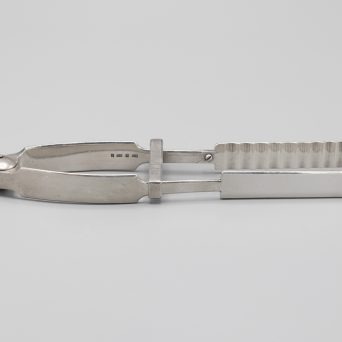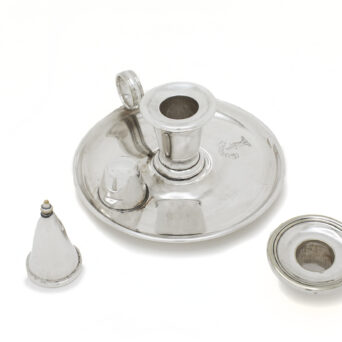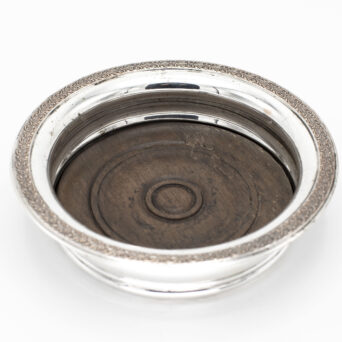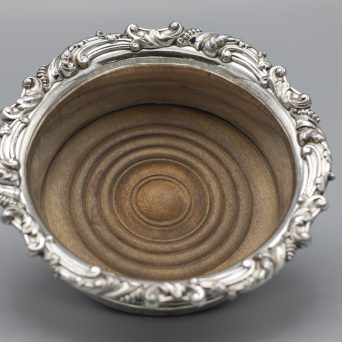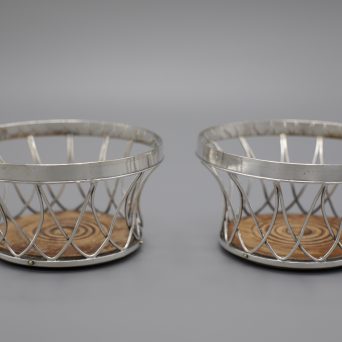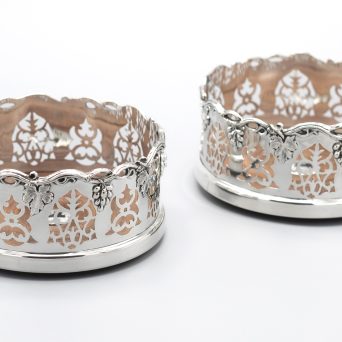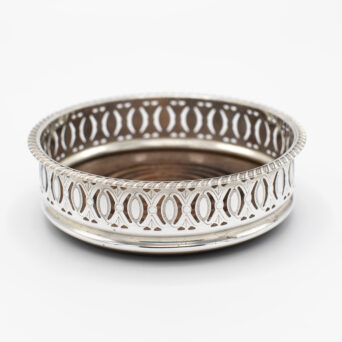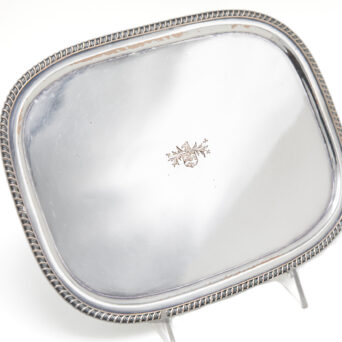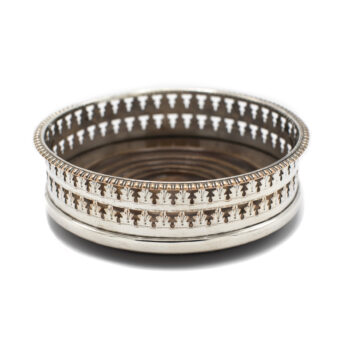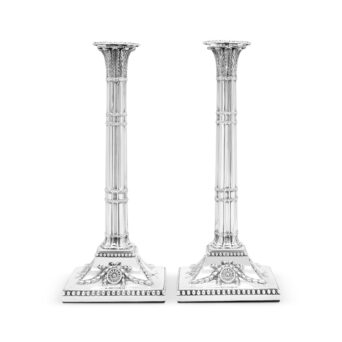Although the discovery of Old Sheffield Plate, which is the combining of silver with copper, was accidental, it has had a great deal of importance in the history of manufacturing in England. The process derived its name from the city in which it was first produced, and its popularity was incredible. Because of the number of people hired as well as the amount of merchandise produced, it became one of the leading industrial centers of Great Britain.
The demand of silver far exceeded the supply especially with the rise of the merchant class in the eighteenth century. Thus, one can understand why Sheffield Plate was so well received. The pieces resembled solid silver and now were able to be duplicated in Old Sheffield Plate. Its lower cost thus enabled those of lesser income to enjoy luxuries for the first time.
The discovery of Sheffield Plating is accredited to Thomas Boulsover in the year 1742 while he was repairing the handle of a knife. Over the years, Old Sheffield Plate has become quite scarce and originals are eagerly sought after and, once gained, they are treasured with the respect due to them.
One article that we often have in our inventory is a Wine Coaster. For some reason, we always seem to have many Old Sheffield Plate Wine Coasters. We will now be describing them in this section. We think that it will be interesting to describe how wine coasters came to be, how they were used and where they were used.
Wine Coasters have been an integral part of the elegant dining table in England since the 18th century. At this time, coasters were known as bottle sliders. A coaster serves various functions, and originally they were more functional than aesthetic. Wine Coasters were used to hold cut glass decanters so that they would not be touching each other and thus prevent chipping of them. As the serving of wine was part of every meal and was left on the table during the entire meal, coasters were also used to prevent the bottom of the decanter from leaving a ring on the table. It became fashionable in the 18th century to remove the tablecloth so that the polished table could be admired. When the ladies had departed, the men could sit back and relax and enjoy their port. It was at this point, that baize began to be attached to the base of flat-bottomed wine coasters. Baize, more commonly known as felt, is a woolen material typically green in color. It is applied to the underside of this useful table article. It is the baize that ultimately enables the wine coaster to glide, or coast, across the polished surface of a dining table. With these reasons, it was inevitable that the wine coaster would be introduced. In today’s world, wine coasters can also hold a bottle of wine as well as a decanter.
